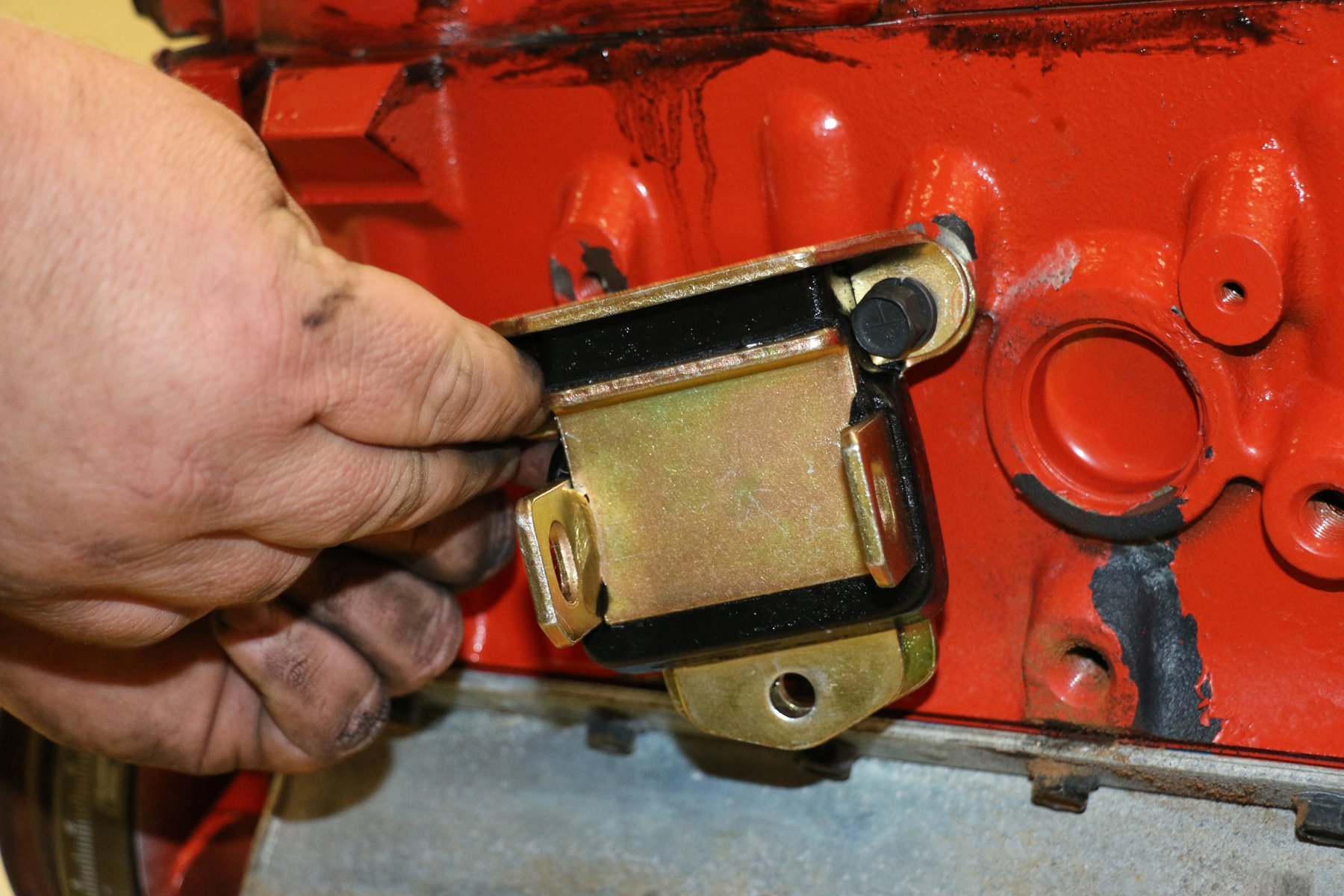Roscobbc
Moderator

Motor Mounts: A Better Option Awaits Your Hot Rod
Motor mounts are the part of a car that get very little consideration until they fail. Energy Suspension has a mounting upgrade that offers OE superiority.
I've just read this article with great interest (and total agreement). Replacing your OEM engine mounts. When I 'upgraded' from the 390hp 427 4 speed in my '68 C3 the newly 'built' 489 cu in engine came off the engine dyno at 571 bhp and 606 ft/ilbs torque - an approximately 50% increase in HP and TQ.
Something had to 'give'. It wasn't going to be tyres - these had been changed to 285 section 18" Toyo's on the rear end. Nor would it be the clutch - I had changed this to a Centreforce Dual Friction unit. Yes, I was expecting broken U/J's and twisted half shafts........but no it was the OEM engine mounts. The earlier Vette engine mounts are (I believe) different to ordinary Chevy passenger cars in as much as they have a mechanical interlock on them that only allows a limited amount of movement of the engine if the rubber/steel mount separates (and they do, believe me).
Anyway to be on the safe side I put new OEM type engine mounts on both sides of the Vette. You'll find that its usually the drivers side that fails - symptoms are imprecise gear changes (on manual), scuttle/dashboard shake, clutch judder - and possibly a 'chattering' noise from the separated mount. Oh yes - you might have issues with the viscous fan blades hitting the fan shroud.
Anyway back to my first run up the road with the new engine. It didn't last long - 100 yards to be exact before the effects of 606 ft/lbs torque separated the engine mount and allowed the fan blades to start 'eating' the fan shroud (once again!)
The once and for all cure was a set of 'Poly' engine mounts as noted above (I sourced from Real Steel) What a transformation - and as a bonus the gear-changes became far more precise now that the engine was much better 'located', juddering was a thing of the past and the driving experience was significantly improved,
